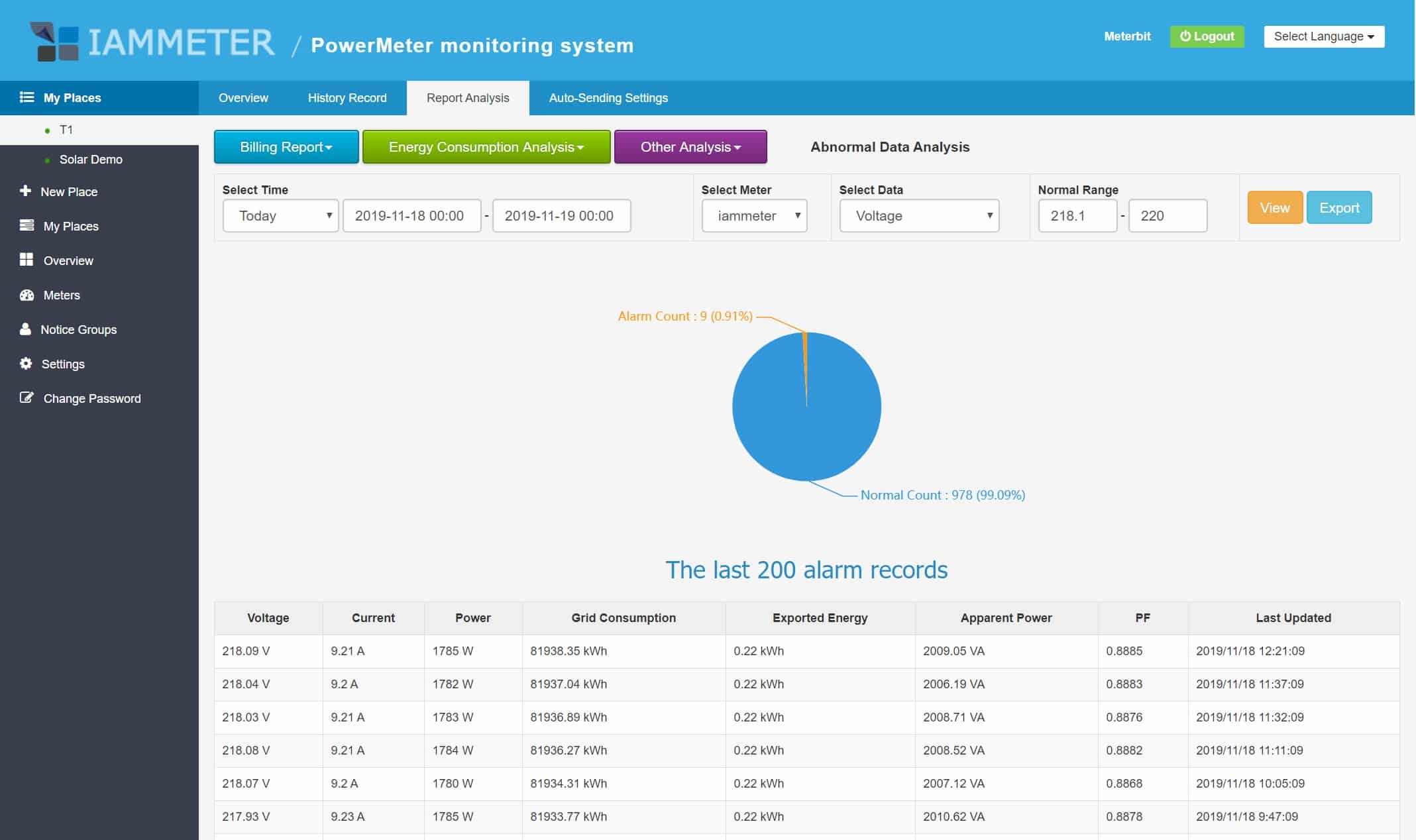Abnormal Data (also known as Outlier data) is a type of data that is not typically seen in the normal population. It is data that falls outside of the normal range of values, and is usually considered an anomaly. It can be caused by a variety of factors such as measurement or data processing errors or unexpected events.
Abnormal data can have a major impact on the accuracy and reliability of data-driven decision-making. It can cause algorithms to produce inaccurate results and can lead to wrong conclusions. As a result, it is important to identify and address abnormal data in order to ensure the accuracy of the results.
The detection of abnormal data is not an easy task, and requires the use of specialized algorithms. These algorithms typically employ statistical methods to detect data that lies outside the normal range. It is then up to the data analyst to determine the cause of the outliers and decide how (or if) the data should be dealt with in order to produce meaningful results.
In some cases, the data may be intentionally manipulated or falsified in order to try and obfuscate the results. In a data analysis process, it is important to identify any outliers and investigate them further. If the cause of the abnormal data is determined, the data may be able to be corrected or disregarded.
Abnormal data can also be useful in some cases. It can be used to uncover patterns or trends that may otherwise remain undetected. By uncovering these trends, data analysts can gain insight into data-driven decision-making and improve their decision-making processes.
Ultimately, abnormal data is an important part of any data-driven process. It is important to identify, investigate and address any abnormal data in order to ensure that data-driven decisions are informed, accurate and reliable.






